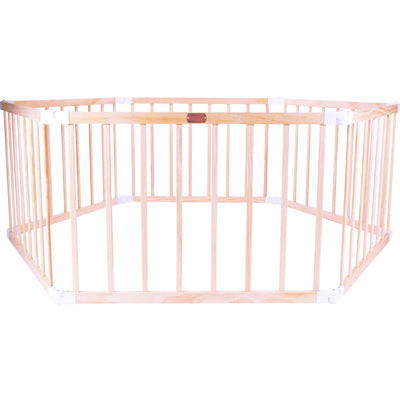Safety Standards - Buggies & Strollers
In New Zealand compliance with a buggy and stroller safety standard is voluntary. The most common standards are AS/NZS 2088:2000, AS/NZS 2088:2004, AS/NZS 2088:2009 and more recently AS/NZS 2088:2013.
What to look for:
- The buggy and/or stroller is sturdy and stable.
- It has a five-point safety harness (shoulder straps as well as waist straps and a crotch strap) to stop the child climbing out.
- There are no sharp edges, open tubes or gaps where fingers could get caught.
- The fabric and linings fit snugly and there are no gaps that could trap a child.
- It has brakes that work and are easy to use, they should be out of the reach of the child.
- Two separate locks to stop the stroller collapsing.
- The wheels are secure and not worn out.
In Australia the mandatory standard for prams and strollers came into effect on the 1st July 2008. It covers performance testing, design, construction, safety warnings and informative labels for prams and strollers.
Under the mandatory standard for prams and strollers:
- A pram is a wheeled vehicle with a body of box-like or boat-like shape designed to carry a baby or child weighing up to and including 9 kg, primarily in a fully reclined position.
- A stroller is a wheeled vehicle designed to transport a child in a seated position that may also be adjusted to a semi reclined or fully reclined position.
- There are also combination prams/strollers on the market. These can seat children in upright, semi reclined and fully reclined positions. These are considered strollers under the mandatory standard.
The mandatory standard is based on the voluntary Australian New Zealand Standard AS/NZS 2088:2000 ‘Prams and strollers—safety requirements’.
AS/NZS 2088:2000 is a voluntary standard except for those sections specifically called up by the mandatory standard. You must consult the mandatory standard for these details.
The following are some key requirements of the mandatory standard:
- Prams and strollers must have one or more parking devices that limits the movement of the pram or stroller.
- The release mechanism of the parking device must be located so that it is not easily accessible to a child when the child is properly restrained in the pram or stroller.
- The colour of the part of the parking device used to activate the parking mechanism (actuator) must be red and surrounding framework and mouldings must be a contrasting colour.
- Prams and strollers must be supplied with a suitable strap that allows the operator of the pram or stroller to be tethered to it while it is in use.
- The standard specifies that the tether strap should be designed to reduce the possibility of it being a strangulation hazard for infants inside or outside the vehicle. The length of the strap should be as short as practical, with any loop in the strap having a perimeter of less than 360 mm.



